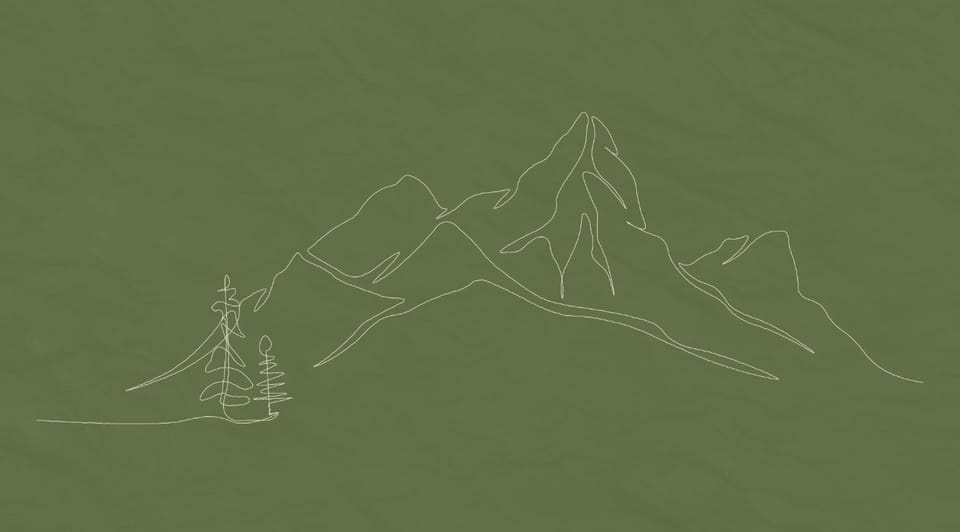5.2.2 - Experimental Cover Design: Key takeaways and experiences
For this project, I was tasked to use a coding software called Processing in order to code and generate 100 book covers consisting of random circles and colours in a grid format. The goal with this task was to learn how to mass produce experiments and ideas at a quicker pace to better streamline workflow.
For my approach, first thing I did was to understand the code. As someone who has a vague basic understanding of similar scripts, it took me a while to start to understand how it worked, but more importantly why it worked. One thing I really struggled with was how to manoeuvrer changes in the code without breaking it, called a regression. I kept hitting these regressions until I started to understand what was working and what wasn't.
After which, I started to customise. I made it a point to randomise any variable possible. Different colours, different circle sizes, strokes and its thickness etc.
Final thoughts
This was my least favourite task. This sort of design I believe works for those interested in web design where coding is fundamental. I just don't see myself enjoying coding.
Here is my final works:









